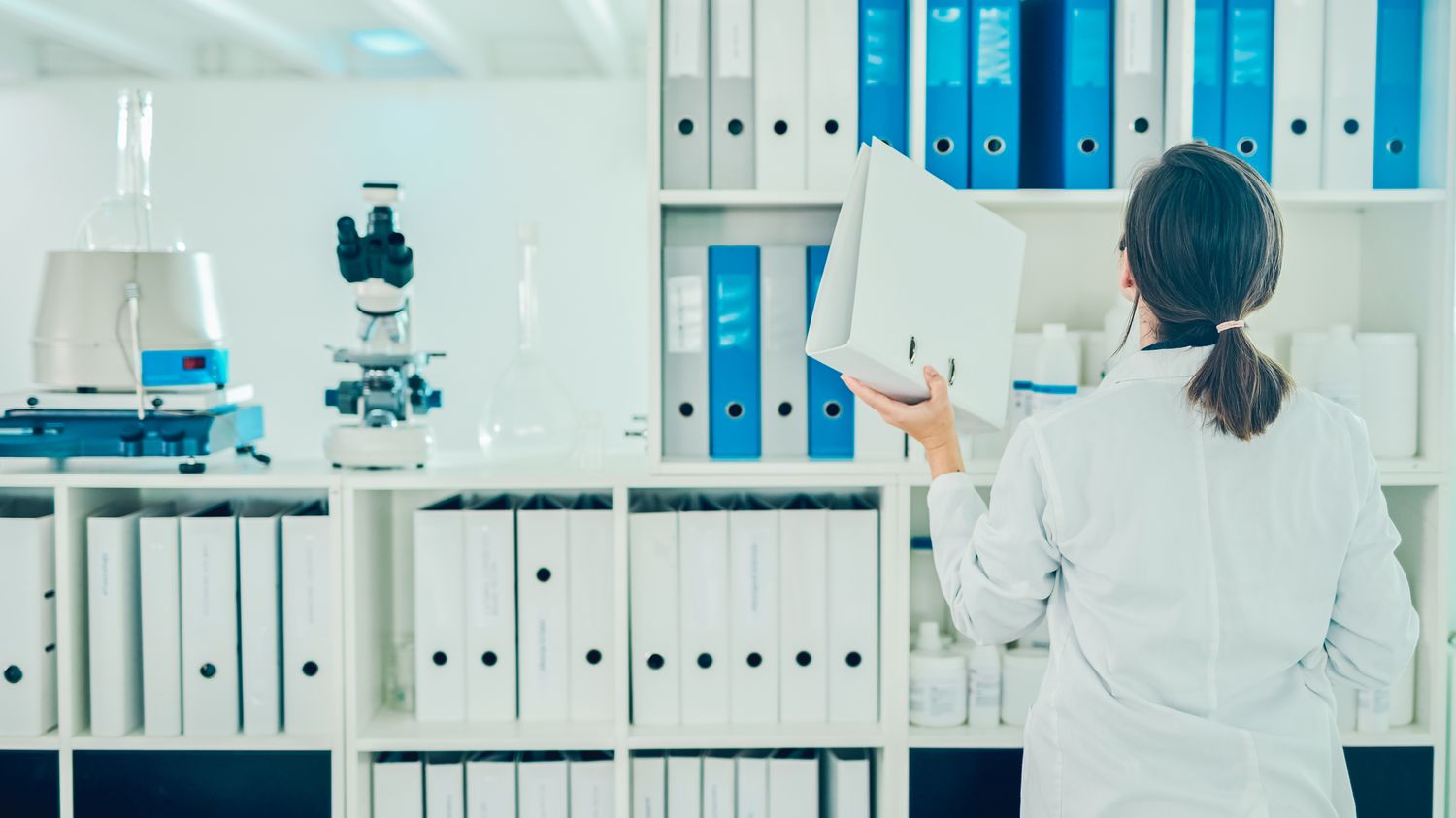Artificial intelligence software can change the words in a sentence of a scientific study without altering its meaning. This makes it harder to spot plagiarism.

Published
Reading time: 2 min

At the start of the September school year, French researchers discovered a few days ago that one of their studies published in 2021 had since been shamefully plagiarized by Chinese scientists. This French study focused on ultrasound of the diaphragm in rats. “A subject that interests no one because it is so specific, or at least only super-specialists”laughs one of its authors, Professor Frédéric Lofaso. This is why, according to him, his Chinese colleagues must have said to themselves that if they copied the study, it would go unnoticed. We are not far from “copying” here, in fact. In the Chinese study published a year later, in 2022, parts of sentences are similar. The initial questioning, the scientific approach, the results and the bibliography are the same. “They didn’t even pretend”concludes Professor Lofaso.
Why plagiarize the scientific work of colleagues? Because the pressure to publish is increasing, the researchers explain. In the scientific community, an English adage prevails: “publish or perish.” You have to publish regularly, because the more you publish, the more visibility you have, and the further you advance in your career as a scientist, the more funding you get for your laboratory and future research. And so in this race to publish, the temptation to plagiarize is strong.
While most scientific journals check texts before publishing, not all do, such as so-called “predatory” journals. In exchange for several thousand dollars, they turn a blind eye and publish your article in just a few days. “You would present them with the recipe for tarte tatin, they would publish it… as long as you pay,” regrets Professor Marc Samama. He is president of the Office of Scientific Integrity of the Assistance publique-Hôpitaux de Paris (AP-HP) and editor of two very serious scientific journals specializing in anesthesia. In this context, each week Marc Samama receives between 10 and 40 articles from researchers wishing to be published. Around 20% raise doubts, and 5% are finally rejected for plagiarism, a figure that is increasing. But some plagiarisms are not detected.
To detect plagiarism among the articles they receive, publishers use artificial intelligence software that looks for similarities with previously published articles. Conversely, counterfeiters also use artificial intelligence to “torture” sentences (change the words in a sentence). An example: “Today, the weather is nice”. Artificial intelligence can torture the sentence and change it to “Today, the weather is beautiful”. The meaning is the same, but the words are different. This makes it harder to spot plagiarism.
